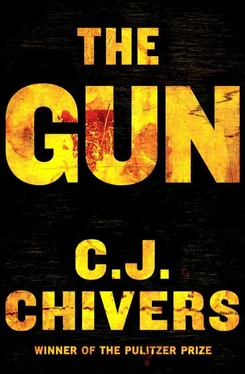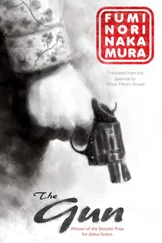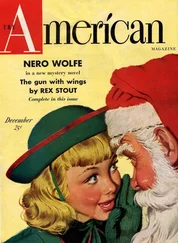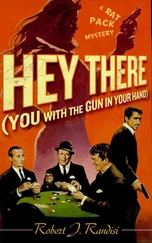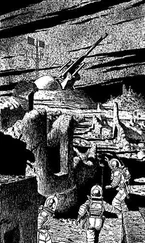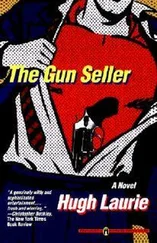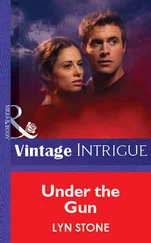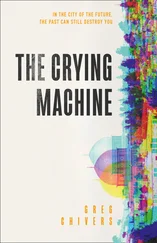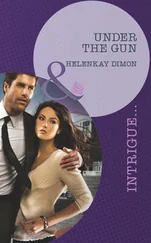The deployment at the Times and the brief trial by Butler’s troops were anomalies. Whatever the merits of the battery gun—and as yet it was not perfected and the ammunition it fired was problematic—the bureaucratic obstacles against it were substantial. Throughout the war Gatling’s ambitions had been undermined by Brigadier General James W. Ripley, the army’s prickly and by-the-book chief of ordnance, who was nearing seventy years of age and was not inclined to entertain new ideas. Ripley had devoted himself to trying to standardize the Union Army’s mismatched collection of weapons, and was annoyed by the parade of salesmen with their gimmicks and untried wares, who were seeking to add ever more arms to an already sprawling assortment. 23(If war is an incubator for industry and weapons development, it is also a phenomenon that attracts profiteers and quacks. Ripley faced problems that will always accompany a government that has the power to make an arms salesman instantly rich. Several decades later, the British minister of munitions would describe the phenomenon perfectly; “I was, naturally being deluged at the Ministry of Munitions with letters and calls from people who had some new invention or improvement to propose. The great majority of these ideas were, of course, useless, and many of them came from cranks and lunatics.”) 24In Ripley’s case, the forces working against standardization were extraordinary. Both sides had been unprepared for war when war arrived. The Union Army had grown from 16,000 officers and men to a force of 486,000 in a matter of months, 25and Ripley was tasked with finding them arms and ammunition. The arming risked becoming frantic and slipshod; as the war progressed, between the Union and the Confederacy there were no fewer than 370 different types of small arms on the battlefields, in at least sixty-five calibers. This count did not include the personal arms that many soldiers carried to the fighting. 26
Gatling also faced darker problems. He had been born in North Carolina, to slave-holding parents, and had settled in the North. Rumors circulated that he was a Confederate sympathizer masquerading as a businessman, and had built his weapon in Cincinnati, near Southern lines, so that rebel troops might seize his arms stores in a raid. 27It was a peculiar form of war hysteria, and like most forms of hysteria, it was illogical. In the eyes of the federal government, the gun was not good enough for United States service, and yet the government feared that the other side might secure and use it against the Union’s troops. By February 1864, having invested heavily in a weapon that yielded little return, Gatling had had enough. He sought the ear of President Lincoln, to whom he composed a sales pitch, right down to the enclosed brochure. “Pardon me for the liberty I have taken,” the inventor began. “I enclose herewith a circular giving a description of the ‘Gatling Gun,’ of which I am inventor and patentee.
“The arm in question,” he added, “is an invention of no ordinary character.” 28
As Gatling posted his letter, war had reached its bloodiest form yet. The Industrial Revolution, and the American zest for capitalism, were proving to be incubators for weapons development, and the soldiers of the time faced firearms and artillery that were becoming more powerful and more precise. Ordered into battle at close ranges, in solid-colored uniforms and in dense formations, they were easy marks at short distances, and suffered miserably from bullet and shrapnel injuries, as well as from diseases stalking both armies’ filthy camps. In the 1850s, the United States Army had switched from using round musket balls and chosen to issue Minié balls, which were faster and more accurate. The Confederacy, whose senior ordnance officers came from American service, chose Minié balls as well. This meant that both Union and Confederate units, going into battle in close-order drill, were blasting away at each other with rifles of terrible power. 29Enormous amounts of lead were in the air. War records suggest that the Union Army alone procured more than one billion rounds from foreign and domestic suppliers. At two hundred yards, the Minié balls fired from most service weapons could penetrate from nine to eleven inches into white pine; at six hundred yards, they penetrated more than five inches. Experiments with cartridges of the time found that even stray rounds traveling far from the barrel, slowed to the speed of 362 feet per second, would pass effortlessly through an inch-thick pine board, or shatter the leg bone of an ox. 30
Accounts of the carnage were accumulating. More than 50,000 casualties at Gettysburg, nearly 35,000 at Chickamauga, another 30,000 at Chancellorsville. And as arms and ordnance plants churned out new developments, the medical arts had not kept pace. Even the lightly wounded faced agony. Anesthesia was only beginning to enter widespread use, which, as one chronicler noted, often meant that “nine-tenths of surgical skill was speed.” 31Amputations were performed in tents and commandeered buildings at battle’s edge, at times by surgeons who sawed off shattered limbs from one partially sedated soldier while his wounded comrades queued up and watched, waiting their turns. 32This was also before the causes of infection were known. Working in ignorance of bacteria, the surgeons who accompanied the soldiers into battle often did not wash their hands or change instruments between patients, many of whom either expired from putrefying infections after their wounds were sutured or arrived at convalescent hospitals away from the front feverish, weakened, and at risk. “Our house is one of constant death now,” the chief nurse at the Union Hospital in Washington had written to her mother in New England, as Gatling was seeking his patent in 1862. “Every day some one drops off the corruption of a torn and wounded body.” 33Two days after Gatling’s patent was awarded, she lamented of laboring to save the wrecked and infected men in the hospital’s dim halls and cold rooms, an environment beset by “universal depression.” “When the day dawns one of my men has gone, and before the hour of supper time comes we close the eyes of two more, one the only son of his mother!” 34
The names of these lost sons filled lists in the newspapers around the land, North and South. By the time Gatling wrote Lincoln, about half a million Union and Confederate soldiers were dead, by far the largest toll that the nation had ever suffered in war, and ever would. Hundreds of thousands more men had been wounded. These were staggering numbers for a nation with a population of 31 million. (The proportionate equivalent would be roughly 5 million dead Americans in the first three years of the most recent war in Iraq.) They were even more staggering considering that neither the Union nor the Confederate tallies included civilian tolls. Gatling offered to help end the bloodletting through a counterintuitive means: more efficient slaughter. He hoped that President Lincoln would see that his weapon—“very simple in its construction, strong and durable and can be used effectively by men of ordinary intelligence”—was “providential, to be used as a means in crushing the rebellion.”
The decision to seek the president’s attention was not unwise, but it was poorly timed. In June 1861, at the outset of the war, Lincoln had expressed enough of a personal interest in the Union Army’s weapons that he had agreed to meet with the salesmen of the Union Repeating Gun, designed, depending on which patent application one believes, by either Wilson Ager, Edward Nugent, or William Palmer. 35Its vendors were no strangers to overstatement. They called their offering “an Army in six-feet square.” It was a single-barreled weapon with a revolving cylinder set just behind the stationary barrel, which made it more like a huge revolver than Gatling’s eventual development. The cylinder was turned via the working of a hand-crank. And as each of the .58-caliber projectiles flew from the thirty-five-inch barrel, at a rate of 120 rounds a minute, new paper cartridges rolled into place from a metal box mounted above. 36
Читать дальше
